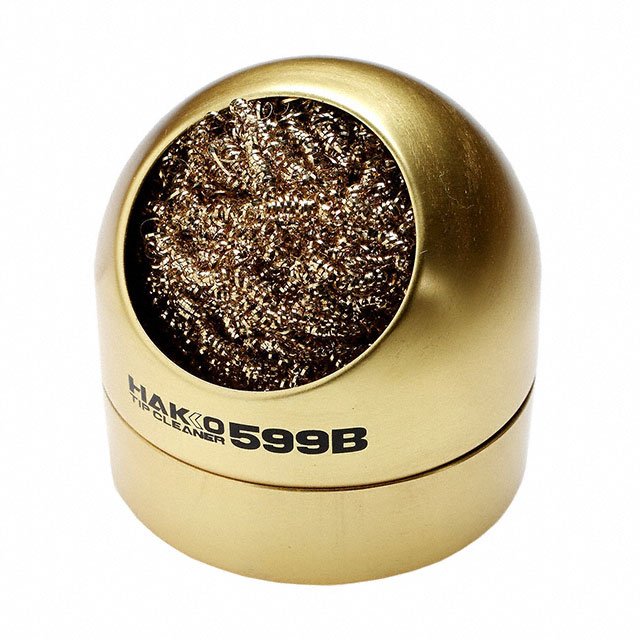

Both protocols come from the works of K1JT. Timidly overcoming this is the JS8 Call, which is an attempt to create a network of stations which transmit information without the need of everybody hearing all other stations. It allows you to “get the QSO” almost in automatic mode, but it does not allow to send anything “out of hand”. The current fashion in digital emissions is (unfortunately) FT8, one of the modes supported by the WSJT-X application. I use the full power setting of radio, and techniques to decode transmissions at the noise level. The power of several watts on the SSB is not overwhelming. Last time I was actively practicing CW on the RBM-1, as an operator of “Operation Bieszczady 40” in 1978. However, I have a problem: the elephant has stepped on my ear which I use to receive CW. I have been practicing it for years – especially from the Greek islands.

QRP work has many advantages, especially during holiday trips. Xiegu G90 – Transceiver for QRP operations, and digital emissions


 0 kommentar(er)
0 kommentar(er)
